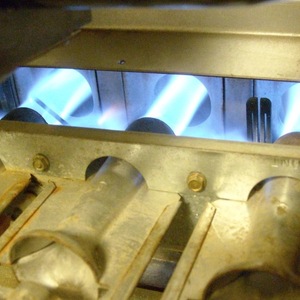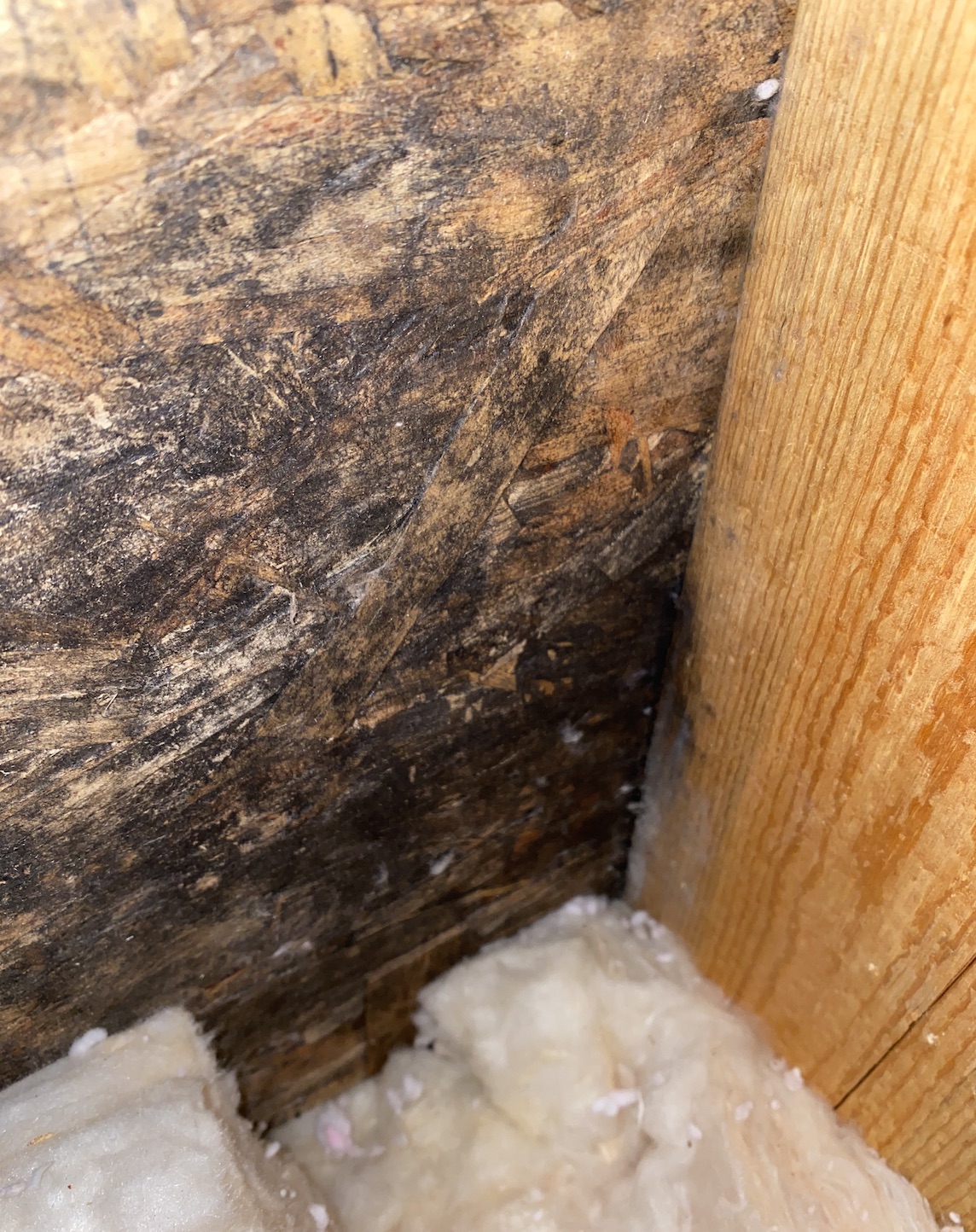
Finding articles online that extoll the many air-cleansing benefits of houseplants is a cinch, but the assertions are mostly hype with little grounding in fact.
So writes Robinson Meyer in an article posted at The Atlantic as he debunks a popular claim of health bloggers and more than a few magazine articles.
Typical of a pitch to buy more houseplants is this assertion from Katie Wells at her website Wellness Mama. “Houseplants are an effective, simple, and inexpensive way to purify indoor air.” Without citing a source for her claims, Wells goes on to specify which plants are most effective. The list includes bamboo palm, the rubber plant, and English ivy, among others. The same prescription for clean air can be found in any number of magazine articles, like this one in This Old House.
Where did all of this come from? The claims seem to have originated with a NASA scientist named Bill Wolverton, who in the late 1980s investigated whether houseplants would be capable of removing volatile organic compounds (VOCs) from the air in sealed space vehicles, Meyer writes.
Wolverton’s 1989 report, summing up two years of research, found that potted houseplants have “demonstrated the potential for improving indoor air quality by removing trace organic pollutants from the air in energy-efficient buildings.”
In considering the plight of people sealed into small spaces, Wolverton said, “If man is to move into closed environments, on Earth or in space, he must take along nature’s life support system.”
In 1997, Wolverton followed up with a book, How to Grow Fresh Air. He provided a list of 50 plants that could help rid indoor air of such pollutants as ammonia, formaldehyde, and benzene, among others. Other research seemed to support the connection between clean indoor air and houseplants. The public was hooked.
A new review is less enthusiastic
But, Meyer says, a more recent view of nearly 200 studies shows the benefits of houseplants are significantly overstated. The review by Michael Waring, an engineering professor at Drexel University, and others found that while some plants can remove more VOCs than others in small, sealed chambers, none is very effective in a large room.
It wasn’t Wolverton’s original study that was wrong, just that the benefits have since been overstated.
Someone would have to be put 1,000 plants in a 10-foot-square room with an 8-foot ceiling to have the same air-cleaning capacity as changing the room air once per hour, Waring said. Even if you chose the most effective VOC-cleansing plant, you’d need one plant per square foot.
In a presentation titled “Biowalls and Indoor Houseplants: Facts and Fiction,” Waring describes some of the research that followed Wolverton’s initial study and how the claims have been popularized. “I do not think that houseplants clean the air,” he told Meyer, a point of view echoed by other scientists that the writer contacted.
Another study, this one led by Omed Abbass and published in the journal Building and Environment, looked at whether indoor house plants might be effective at removing ozone from indoor air. The result? “Calculations of effectiveness in a hypothetical indoor environment show, at best, modest contributions of about 0.9-9% indoor ozone removal effectiveness …”
There are many other benefits to having houseplants — color to counter the drabness of winter, the fragrance of new blossoms, the simple joy of growing something — but cleaner air apparently isn’t one of them.
Weekly Newsletter
Get building science and energy efficiency advice, plus special offers, in your inbox.















6 Comments
Want clean indoor air......stay outside.
And preferably not in zero gravity. ;)
Ironically, the place where plants would be most effective at removing VOCs from the air is in a tight, well built house with low levels of ventilation, i.e. the goal of most of those on this site. They obviously cannot and should not replace adequate ventilation, though you might be able to get away with marginally less ventilation is a room with some plants vs. one without.
Let's do some math with their figure of "one plant per square foot" for the most effective plants in a 8' ceiling room as being roughly equivalent to one air change per hour. That means each plant is good for about 0.13 cfm. Not very much, but not nothing either. ASHRAE recommends 0.03 cfm/sqft, and Joe Lstiburek recommends 0.01 cfm/sqft (both add 7.5 cfm per occupant). So the most effective plant enough to ventilate around 2-6 sq ft of living space with typical occupancy, at least in terms of VOCs. This means including a few of the more effective plants in a tight 10x10 room will likely have a measurable impact on air quality, unlike in a typical home.
Of course, we are not building space stations here. As I said before, cannot and should not replace ventilation with plants: that would be dangerous and absurd. Nor should plants should be accounted for when designing ventilation systems, that would also be quite stupid. But I do think people should keep plants in mind when designing spaces. Plants may have a small impact on air quality in tight homes, but far more important are the psychological benefits they provide. One would rarely neglect exterior landscaping, the same considerations should be provided to the interior. If an architect provides areas near windows meant for plants, and the builder provides plants in those places before the final sale of the home, the end result a better, more comfortable home, with happier occupants.
Aedi, I had my plants read your comment and they pretty much agree...
Plants are sort of like pets it's a mental thing that probably can't be quantified with modern science.
But it is a fact that plants produce oxygen during the day and breathe in oxygen at night so you don't want them in the bedroom
The real downer is that the plants can potentially make things worse, since they can release their own VOCs based on whether pesticides were applied to the plants / soil and what leaches from the pot into the soil:
https://www.treehugger.com/lawn-garden/bad-green-some-indoor-plants-release-volatile-organic-compounds.html
Log in or create an account to post a comment.
Sign up Log in